Twelve Hours in Macau
Lying around 65 kilometers to the west of Hong Kong, Macau is literally a city of duality and worth a visit as one of the less explored Asian capitals. So if you have a day left during your stay in the far more famous neighboring city of Hong Kong, don't miss the chance to discover this laid-back place, with its unique architecture, fortresses, temples, churches and casinos.
For an unforgettable 12-hour adventure, head to the high-speed ferry terminal at Hong Kong Macau Ferry Terminal (Shun Tak Centre in Sheung Wan) in the morning and hop on a catamaran or the more popular jetfoil. During the comfortable 60-minute ride, just lean back and admire the beautiful landscapes of both Hong Kong and Macau with its various islands. The tickets are about 300 HKD ($39 U.S.) for a round trip depending on the time and date (for further information check the Turbojet website). Conveniently, the ferry runs every 15 minutes, 24 hours a day to accommodate travellers on all schedules. However, the ferries are often fully booked and you might have to wait for an hour or two for the next available seats. So even if it might constrain your flexibility a bit, I recommend booking your seats online in advance. For the more spontaneous, Turbojet has a standby passenger lane which gives the chance to board an earlier trip if vacant seats become available. Definitively worth a try!
Upon arriving, you have multiple options of how to make the most out of your day. Below is just one option, but as everyone has different interests, I encourage you to use this and other information to design your own perfect trip.
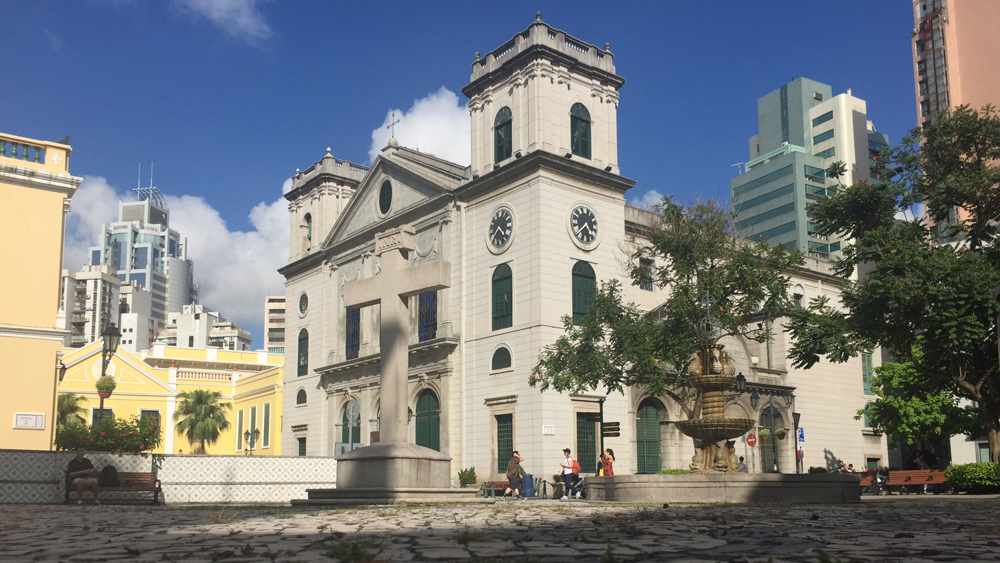
In the Morning
One of my highlights was the traditional and colorful architecture of its Portuguese past that imparts the Chinese coast with a uniquely and breathtaking Mediterranean atmosphere. Enjoy this while strolling along the shard-like Largo do Senado square, which is bordered on the west by the Leal Senado building, Macau’s most important historical building. Then head west through the Largo de São Domingo square for a peek at the Igreja de São Domingo, a beautiful green and yellow 17th-century Baroque church with a wealth of religious art in its airy interior. Just a stone’s throw from here you will find the Macau Cathedral, with the Bishop’s palace—an impressive classical building. Take a rest on a bench in front of the cathedral and enjoy the tranquillity and the view of the architectural masterpieces surrounding you. If you then carry on north along Rua de São Paulo—home to lots of local snack vendors and souvenir shops—and up some flights of stairs, you will reach Macau’s most famous landmark, the UNESCO World Heritage listed ruins of the 17th-century Church of St. Paul, of which only the five-tiered facade is still standing. Highly impressive is the view through the gateway to nowhere, where you can see one of the stately skyscrapers—a neat juxtaposition of the traditional and the modern. Then, you can walk to the nearby Macau Museum, where exhibitions represent the history of this former Portuguese territory.
If you are interested in fashion, you shouldn’t miss the chance to stop by the Macau Fashion Gallery (Galeria de Moda de Macau) at Rua de S. Roque, where local designers present their creative work in changing exhibitions in a small but lovely building. It is only a six-minute walk from the Macau Museum or St. Paul Church.
Moreover, there are several options for taking in a great view of the city and seeing this kind of surreal blend of the modern and the past at a glance. One of them is visiting the Fortaleza do Monte, which forms part of the historic center of Macau, a UNESCO World Heritage Site. The fort was built between 1617 and 1626 on a hill, located directly east of the Ruins of St. Paul’s. Also in the late afternoon you might enjoy a beautiful sunset over there.
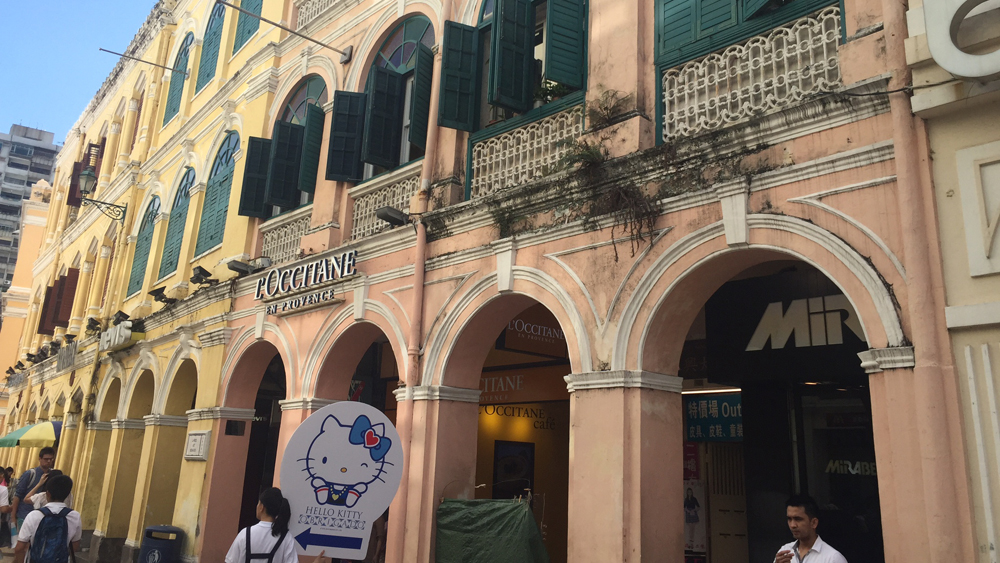
For Lunch or Coffee
Despite being handed back to China in 1999, Macau has managed to keep its Portuguese heritage nicely intact. Next to the astonishing architecture you will see this through the tasty cuisine. Macau’s most famous dessert is the Portuguese egg tart, and I was not disappointed with the hype surrounding these cute pastries, as they were really delicious. The combination of the hot crust, sweet filling and flaky texture was a perfect match and convenient for a snack, as you can get it almost anywhere. Especially when walking up the Rua de São Paulo to St. Paul church, you can’t miss the booths selling the tart. If you prefer to sit down and relax a bit, grab a reasonably priced Portuguese-style pastry and coffee at Ou Mun Café, a favorite with the local Portuguese and Macanese community. The cafe also has a lunch menu. If you are up for some other local food, you can enjoy some heavy dumplings—from pan-fried pork-and-chive to shrimp dumplings in chili oil—at Dumpling Town. However, there is no shortage of restaurants and snack bars in Macau, with even vegetarians and vegans being catered to. Just have a look online in advance or ask some locals.
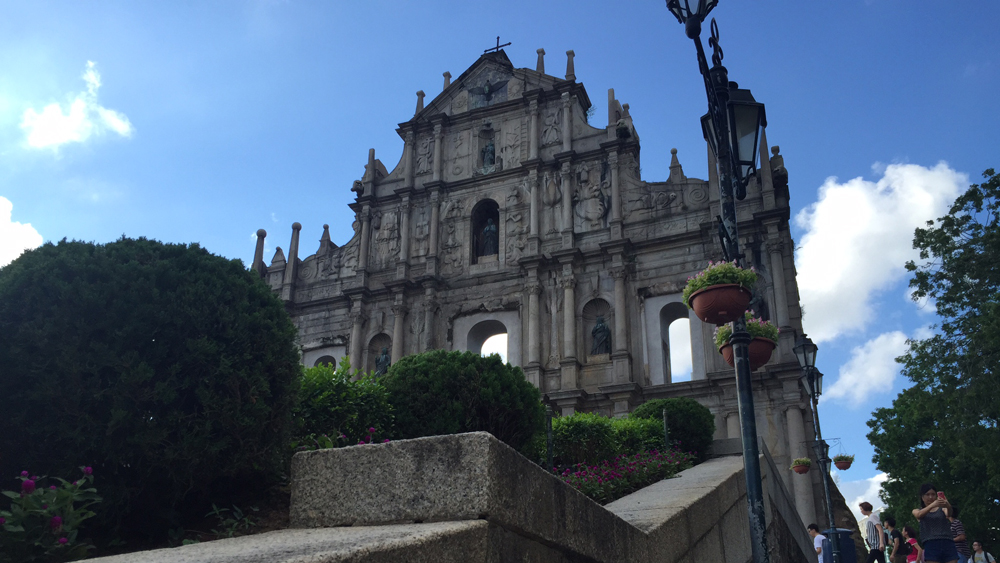
In the Afternoon
Adrenaline junkies can get their fix at Torre de Macau (Macau Tower), the 11th tallest tower in the world. It is not only home to the world’s tallest bungee jump, but you can also go for a walk in the sky at the so-called Skywalk X on the 61st floor, 233 meters above ground and without a ceiling. You can also just climb the tower itself. Prices range from 856 HKD ($110 U.S.) for the Skywalk, 1,956 HKD ($252 U.S.) for the Tower Climb and 2,668 HKD ($345 U.S.) for the jump (all prices include the entrance fee). During all activities, stunning views of the Pearl River Delta are guaranteed if the weather is nice. Unsurprisingly, there is also a 360-degree restaurant atop Macau Tower serving a blend of Portuguese and Indian cuisines.
For all Formula Three fans, you can ask a taxi driver to give you a scenic drive along the famous Guia Circuit, where the Macau Grand Prix is held annually. Located along the Macau Peninsula, the street circuit is considered one of the world’s most challenging, due to its elevation gain and tight corners. Make sure to have a printout of the route with you. During the drive, you can also stop at Kun Iam Temple—where Marco Polo studied Buddhism—and gaze at the statue of Kum Iam, the Goddess of Mercy. The impressive bronze figure stands 20 meters high in embroidered silk, flanked by eighteen Buddhas.

In the Evening
If you want to see the other side of the historically astonishing city of Macau, you can try your luck at one of the numerous gambling tables of the world-famous casinos. At Grand Lisboa, for instance, the gambling fever is ever-present, with locals and tourists alike trying their luck at card games and slot machines. The Special Administrative Region (SAR) of Macau is considered to be the “Vegas of the East,” the only place in China where gambling is legal. Unfortunately, Macau is often known more as a gambling mecca than for its rich heritage and beauty. I can even imagine that some visitors don’t even go further than the casino strip. While I don’t recommend spending all day there, it is definitively one of Macau’s attractions and it makes most sense to end your day with a visit there, as all the hotel casinos offer free shuttle rides to the ferry terminal, making it easy for you to head back. If you want to have dinner before, Noodle & Congee restaurant in the Grand Lisboa could be a local-food option, as it serves traditional handmade Chinese noodles, congee and snacks, including the famous “single noodle” bowl which contains one strand of noodle that measures over three meters long.
I found it surprisingly easy to find the unique sights of Macau simply by drifting through the city on foot. However, if you want to make the most out of your stay, you can also check the Government of Macau’s suggested walking tours. I am sure that this somewhat off-the-beaten-path city won’t stay that way for long, so get exploring!



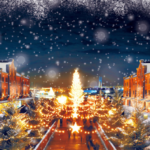
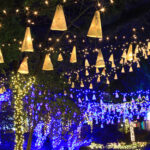
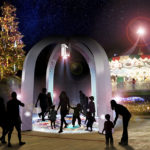






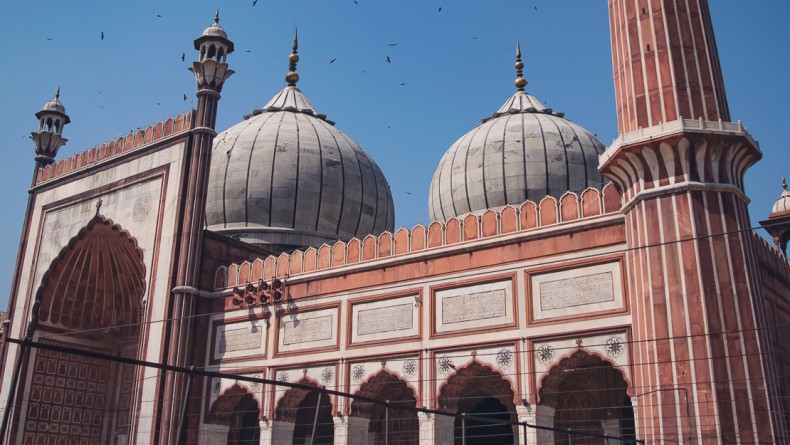
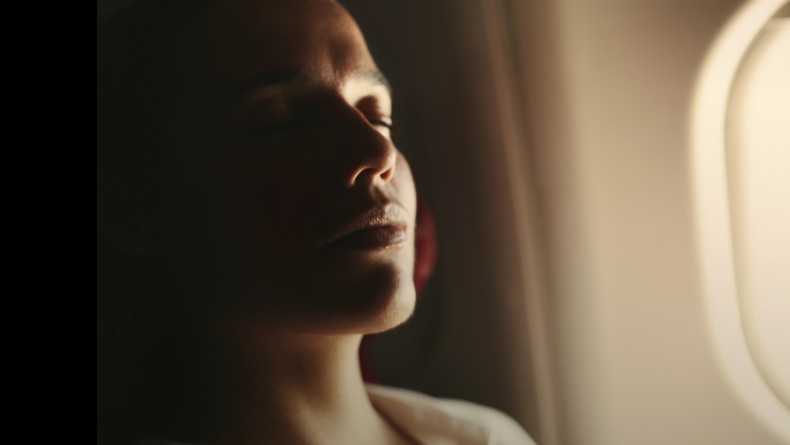
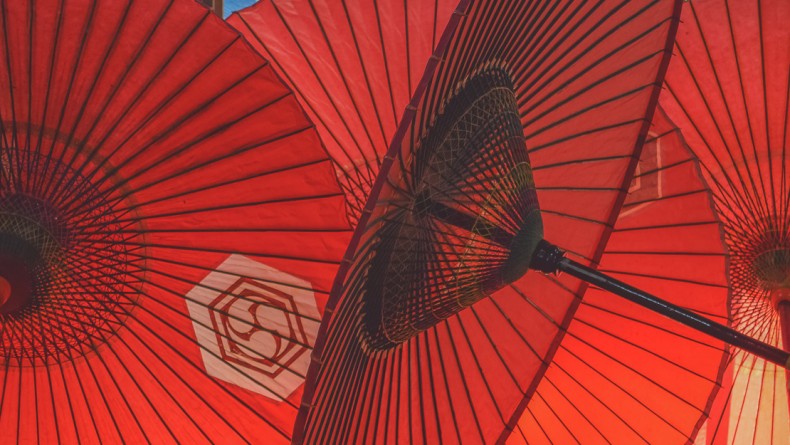
Leave a Reply